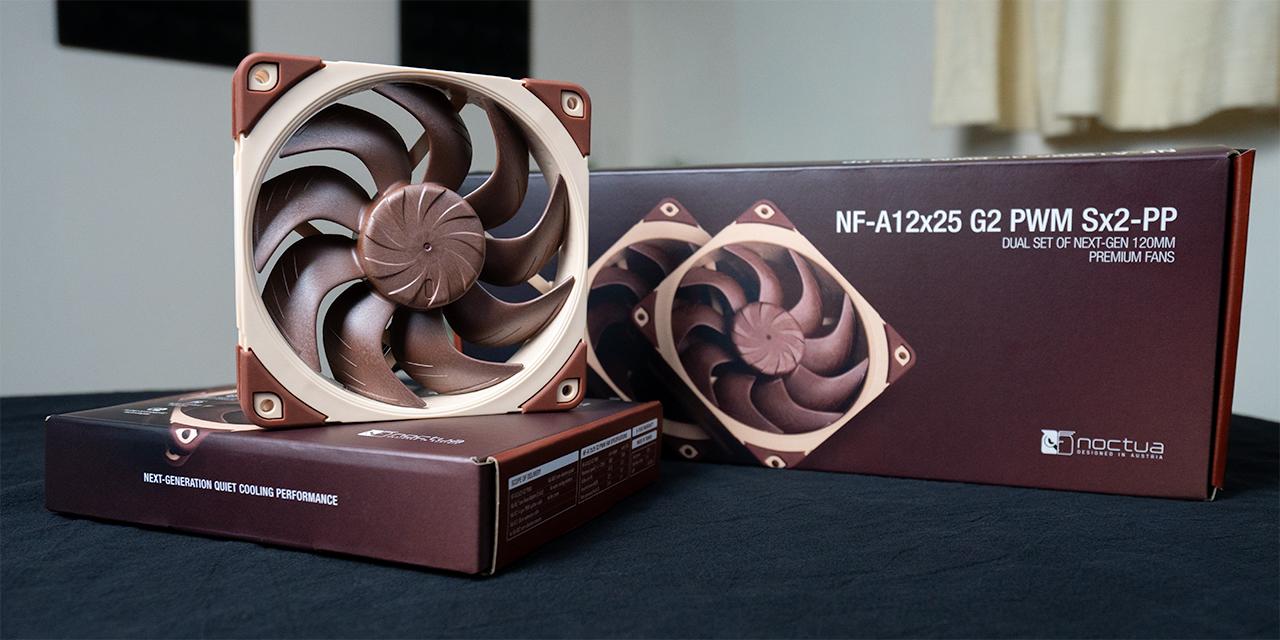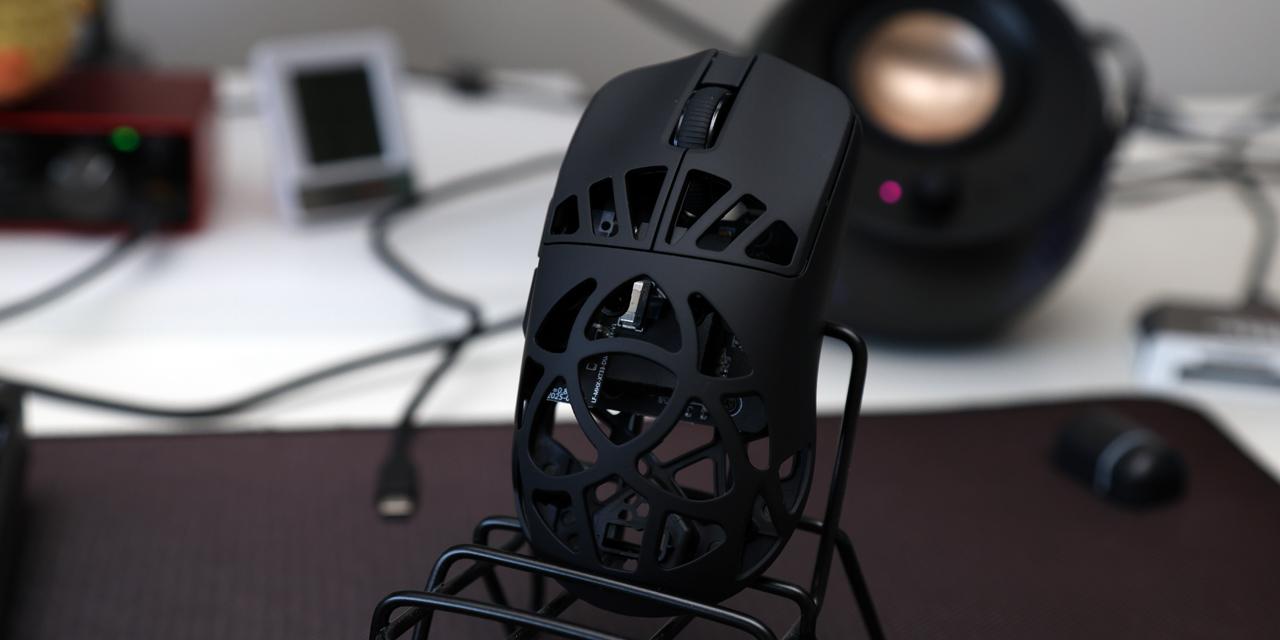|
From X-bit Labs: DRAMeXchange, a research division of TrendForce, said Tuesday that due to the persistent oversupply situation in the global DRAM market, along with the 5% year-over-year drop in shipments of personal computers, caused prices of dynamic random access memory [DRAM] to further weaken in the second half of October. Still, as makers cut production of commodity memory, spot prices may rebound shortly. Contract prices for 4GB DDR3 memory modules in October dropped below $16, and are continuing to approach the $15 mark. At press time, one untested [eTT] 2Gb DDR3 chip cost $0.682 on average in Taiwan's spot market, 2Gb DDR3 1333MHz/1600MHz chip's price was approximately $0.837/$0.821, whereas 4Gb DDR3 1600MHz memory IC was priced at $2.250 on average on the spot market. The trends pose as yet another test to the cost structures of DRAM makers. With prices approaching or dropping below manufacturing cost, makers are faced with the option of either undergoing production cuts or shifting their focus towards non-DRAM products. It seems that in the short term, prices are unlikely exhibit a major downtrend anytime soon. As the DRAM manufacturers lowering their outputs rely on the spot market for their major channels, DRAM spot prices are expected be among the first to be affected by the current wave of production cuts. First-tier module manufacturers are taking strategic initiatives to raise DRAM purchases, used to replenish as well as increase inventory. Despite the continually shrinking spot market, the movements indicated by some of the DRAM spot prices will remain leading indicators of the price trend within the contract market. Elpida and Rexchip decided to lower their output levels in August. Powerchip Semiconductor, beginning September, took a similar initiative by adjusting P3 wafer levels. In October, Nanya and Inotera made the official announcement to implement 20% production cuts. ProMOS recently decided to quit the DRAM market due to financial woes and focus on other interests. South Korea-based DRAM manufacturers have lower production costs than their Japanese and Taiwanese rivals, which is why they have not announced any production cuts and did not lower shipments to stimulate pricing. Still, both SK Hynix and Samsung Semiconductor initiated efforts to control commodity DRAM output ratios, increasing amount of emphasis placed on the production of the more profitable mobile and server DRAMs View: Article @ Source Site |
 |
Price of Computer Memory Continues to Drop on Low PC Demand
© Since 2005 APH Networks Inc. All trademarks mentioned are the property of their respective owners.





